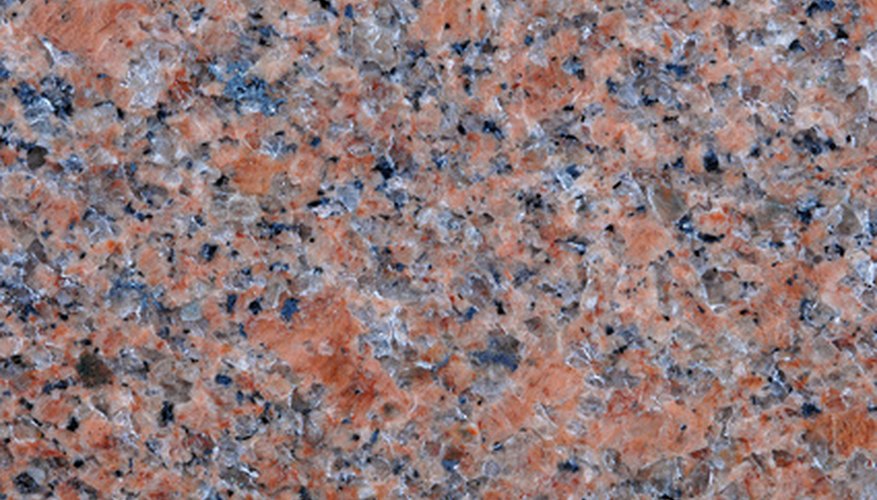Composite sinks are made from a mixture of at least two different materials, which make them less expensive than solid granite sinks. Many are made from quartz, granite and acrylic blends, which gives them an elegant look while still very durable. They are also heat resistant, hot pans will not mar the surface, and they are difficult to scratch. However, it is possible to still chip composite sinks, and it can be fixed yourself with a few materials.
- Composite sinks are made from a mixture of at least two different materials, which make them less expensive than solid granite sinks.
- They are also heat resistant, hot pans will not mar the surface, and they are difficult to scratch.
Apply a small amount of liquid dish soap on a soft, damp sponge. Lightly clean the sink and rinse thoroughly with slightly warm water. Make sure you remove all the debris. Thoroughly dry the sink with a soft cloth.
Lightly sand the chipped area with 600-grit sand paper. Sand around the areas of the chip, so the epoxy blends in better and will hold.
Stir the 2-part epoxy together with a spoon in a small container.
Apply the epoxy to the affected area with a matchstick or soft brush. Thoroughly cover the area and make sure it is evenly applied.
Let the epoxy harden for about 30 minutes before you apply three or four more layers with the same method. The epoxy should be even with the surface of the sink.
- Lightly sand the chipped area with 600-grit sand paper.
- Let the epoxy harden for about 30 minutes before you apply three or four more layers with the same method.
Wait for the epoxy to harden for 24 hours before you use the sink. If you use the sink too soon, the epoxy may need to be reapplied.
TIP
Do not clean the sink for one week to make sure you do not damage the repaired area.
